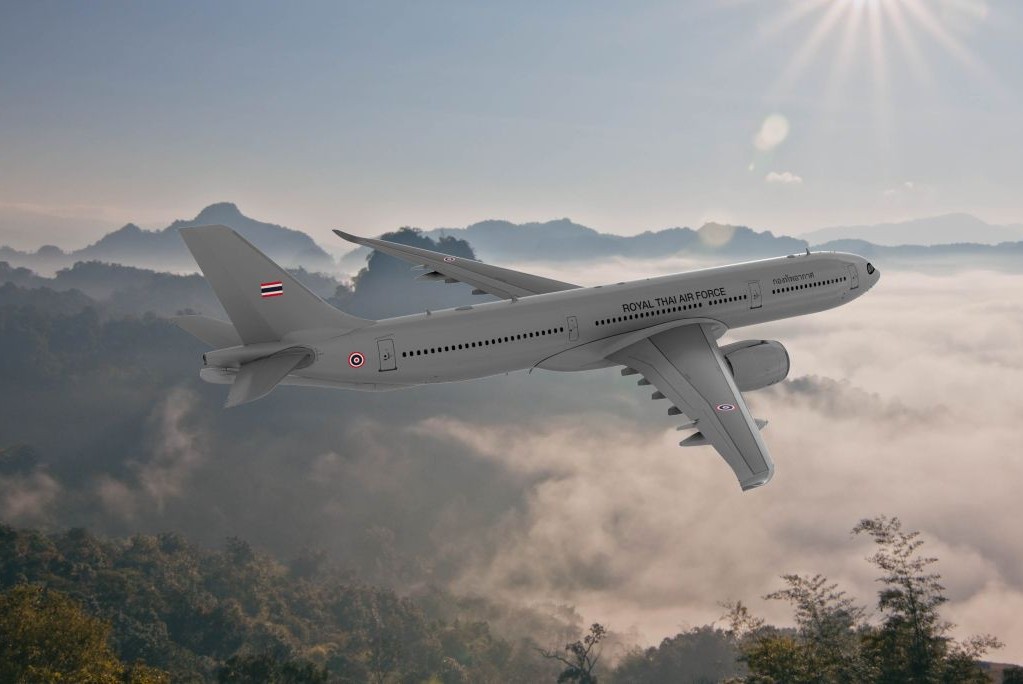Rising Conflict in Somalia: A Humanitarian Perspective
As reports flood in from the International Committee of the Red Cross (ICRC), the situation in Somalia has reached critical levels. Hospitals across the nation are grappling with a surge of patients wounded in the escalating violence. Since the beginning of the year, numbers have risen dramatically, raising alarms about the humanitarian crisis unfolding amidst renewed fighting.
The Surge in Violence
The first quarter of 2025 has seen a sharp escalation in hostilities in Somalia. Jihadist groups, largely affiliated with Al-Qaeda and particularly Al-Shabaab, are again showing their strength after suffering significant setbacks in the preceding years. Following a period of relative calm where Somali federal troops, bolstered by the Africa Union-led peacekeepers, made considerable strides against these militant factions, the recent uptick in violence is concerning. The ICRC reports that multiple regions, especially the areas surrounding active front lines, are experiencing devastating increases in armed confrontations.
Impact on Healthcare
One of the most pressing consequences of the escalating conflict is its impact on healthcare facilities. Hospitals, particularly in war-torn areas, are struggling to cope with the influx of weapon-wounded patients. For instance, Madina Hospital in the capital city of Mogadishu has reported a staggering 26% increase in admissions of injured individuals within just three months. The ICRC emphasized that medical facilities are overwhelmed, with personnel working tirelessly to manage the unprecedented demands placed upon them.
Escalating Attacks and Civilian Casualties
As the battle rages, civilian populations bear the brunt of the violence. Recent attacks include a brazen roadside bomb that narrowly missed President Hassan Sheikh Mohamud’s convoy, highlighting the ongoing threat posed by Al-Shabaab. Furthermore, the ICRC warns that regions such as Middle and Lower Shabelle have experienced significant spikes in violence, resulting in tragic civilian casualties and widespread displacements. Over 100,000 people have fled their homes due to this turmoil, seeking safety amid the chaos.
Geographical Spread of Conflict
The geographic scope of the fighting is vast and varied. Military operations are intensifying not just in the southern regions but also in northern areas such as Sool and Sanaag, where confrontations regularly occur. Moreover, the coastal regions flanking the capital have become focal points of Al-Shabaab activity, as the group has reclaimed key strategic locations. This shift in their operational strategy indicates a dangerous resurgence, imposing further threats to the already fragile stability of the nation.
Disrupted Lives and Communities
The ramifications of this violence extend well beyond the injured and displaced. Communities are being torn apart as families are forced to flee their homes, often leaving behind their belongings and livelihoods. The psychological and emotional toll on the population can hardly be measured. Children are particularly vulnerable, facing disruptions to their education and a heightened risk of exploitation and abuse as the social fabric of their communities unravels.
In summary, the situation in Somalia is dire. The rise in hostilities has triggered a humanitarian crisis, as healthcare facilities struggle to keep pace with the influx of wounded patients, displacements continue, and civilian casualties mount. The international community watches closely, as the risk of further destabilization remains a looming threat in this beleaguered region.




